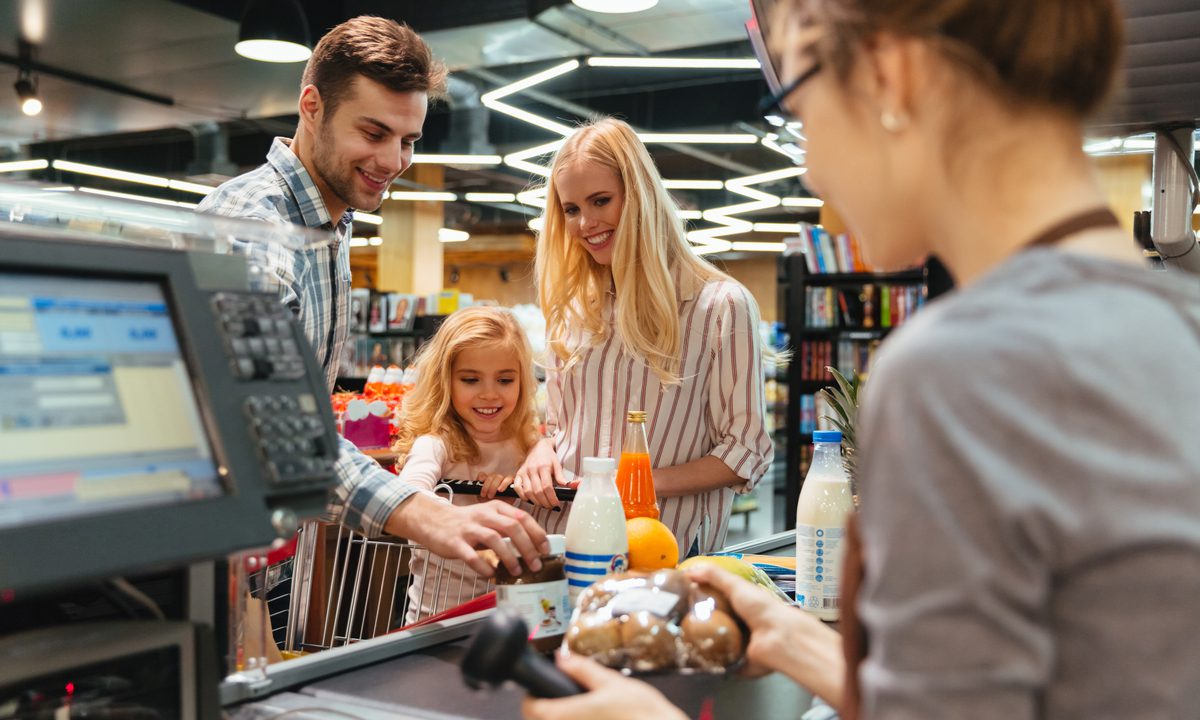Racing to Digitize, Convenience Stores Playing Game of Loyalty Catch-Up

As loyalty programs have taken hold across commerce categories, consumers increasingly expect to be rewarded for their spending. Yet, while some industries are on the cutting edge of loyalty, pioneering new ways to drive spending, others lag behind.
Art Sebastian, vice president of digital experiences at Casey’s, the third-largest convenience store retailer in the United States, which operates more than 2,400 stores, argued in an interview with PYMNTS that the c-store category has some catching up to do.
“The c-store loyalty space is still generally new in the industry, and the ones that will tell you ‘Well, we’ve had it for a while,’ they’re kind of nascent,” he said. “Like, hey, there’s coupons and maybe a couple nascent ways to save. So, I think it’s still kind of new. But what I would challenge the industry to do is think about how to … make sure you’re doing something different to have your program stand out.”
Casey’s, for its part, announced last month that its loyalty program surpassed 5 million enrolled members, and Sebastian stated that more than half of that base is comprised of those who engage with the program at least once a month. He argued that the flexibility that the program offers, enabling members to choose between store credit, fuel discounts or donations to schools, sets it apart from competitors.
Location, Location, Location
Sebastian attributes the industry’s relative lack of progress in the rewards space to an over-reliance on location, assuming that stores’ physical accessibility would be enough to drive loyalty.
“I think convenience stores traditionally relied on location, and with the hope that a consumer would turn right or turn left based on the price of the gas,” he said, “and as the world has gotten much more competitive, you can’t just rely on location.”
The shift is especially relevant as brick-and-mortar retail diminishes in primacy, becoming just one of multiple channels available. In an omnichannel commercial environment, having a store stationed nearby is useful, but given consumers’ ability to have products brought right to their doors on demand, proximity is no longer the be all and end all.
PYMNTS research finds that the share of consumers making food and retail purchases online is rising each month. According to data from the May edition of PYMNTS’ ConnectedEconomy™ Monthly Report, which drew from a survey of more than 2,600 U.S. consumers, 43% shopped online in April, up from 40% in February and March. Additionally, 56% of consumers bought food online in April — a 9% increase from March.
Read more: 19M More Consumers Went Online to Bank, Buy and Pay Bills in May 2022
The Future of Loyalty
As the c-store loyalty space develops, brands that can leverage data to customize members’ experiences have the advantage. As far as emerging technological frontiers, Sebastian said he regards “more sophisticated enablers of personalization” as one way retailers will be able to take their loyalty offerings to the next level.
“As you create that larger ecosystem, as you generate more data, it requires technology to be able to meet those goals of personalizing every experience and interaction,” he said.
Additionally, he expects that subscription commerce will become an increasingly common loyalty integration. Citing Panera’s beverage subscription as an example, he predicted that, as the technology to power these programs develops, such subscriptions will only become more common.
Research from PYMNTS’ study Relationship Commerce: Building Long-Term Brand Engagement, created in collaboration with Ordergroove, which drew from a survey of more than 2,800 U.S. consumers who have entered into commerce relationships with brands, found that 77% of those with retail subscriptions buy more products from these brands. Additionally, 37% spend more money with the brands to which they hold the subscription, and 63% are interested in joining a loyalty program with those same brands.
Related news: Report: Consumers Spend, Shop More Online With Brands That Deliver the Personal Touch
Additionally, Sebastian expects that advances in payment technology will enable increasingly frictionless eCommerce experiences.
“It could be faster ways of payment; it could be linking your account to various forms of payment; it could be utility like digital receipts or savings trackers; it could be a scan and go technology,” he said.
He added that digital payments are “probably one of the most exciting things” for the brand to lean into, because across the c-store industry, “no one’s really leaned into that in a big way.”
Convenience 2.0
Sebastian argued that the very definition of convenience has changed, shifting the competitive environment for c-stores. Retailers in other categories have been increasingly centering convenience in their value proposition in the past few years. At the same time, c-stores have been expected more and more to provide quick-service restaurant (QSR)-like offerings (i.e., high-quality and affordable prepared foods).
“When we say convenience, it’s no longer just a channel,” Sebastian said. “It’s a strategy that convenience retailing deploys, that the dollar [store] channel has really accelerated, that drugstores have accelerated, and grocers are trying to fight to be convenient.”
